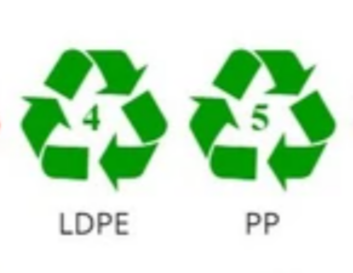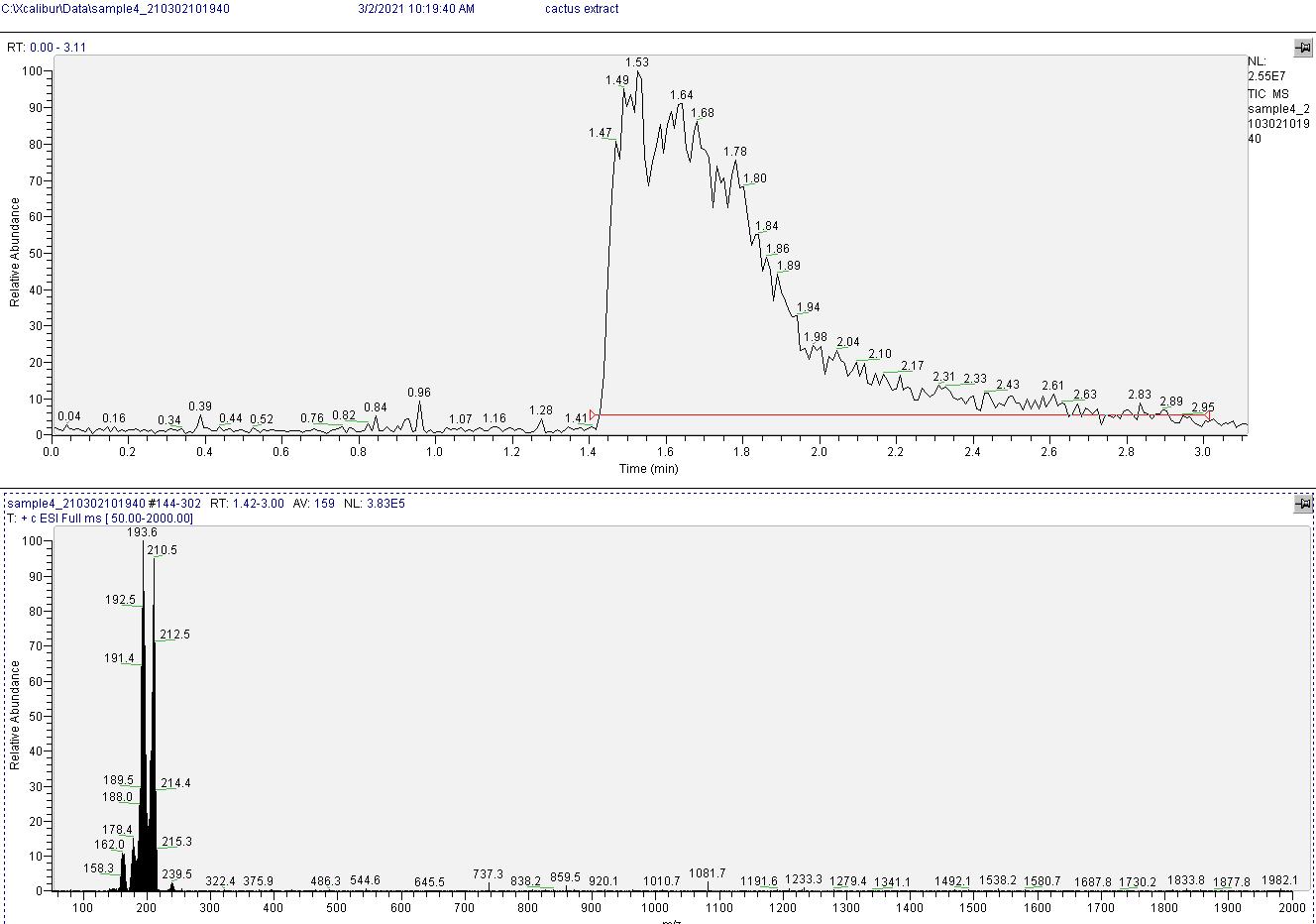Chilled Acetone with IPA and Naphtha
Blind placeholder for CIELO (Chrystals In Ethyl-acetate Leisurely OTC). Information has not been verified.
Contents
Introduction
CIELO stands for Crystals In Ethyl-acetate Leisurely OTC (Over The Counter).
In this TEK, aqueous lime cactus paste is broken down by microwave radiation, saturated with NaCl, and extracted with ethyl acetate. The extract is chemichaly dried and salted with citric acid to precipitate mescaline citrate crystals.
Materials
- Quart jars with lids*
- Food scale
- 25g + 25g lime (Ca(OH)2)
- 300g water
- 100g powdered dry cacti
- Microwave
- 80g plain table salt (NaCl)
- ~ 1000g Ethyl acetate (sometimes labeled "MEK substitute")
- 10g anhydrous Na2CO3
- pH paper (optional)
- Shallow glass baking dish with lid*
- Citric acid
*If lids are plastic, use ethyl acetate resistant LDPE or PP.
Safety
Review ethyl acetate's safety information[1] and check the manufacture's MSDS to verify you have pure ethyl acetate.
Do not microwave a sealed container. There must be a ventilation path for water vapor to avoid pressure buildup and subsequent explosion.
Microwaving lime cacti paste produces smelly fumes that will be noticed by the people in your surroundings. Lime is a skin irritant and hot lime will be more severe, avoid skin contact.
These are only good-faith suggestions. They do not guarantee safety. Each adult individual needs to make their personal decision using over the counter chemicals.
Process
Paste
Add first 25g of lime to water followed by cactus powder while stirring to form a homogeneous paste. Microwave between 300W and 500W in bursts of 5 minutes or less monitoring closely (paste will swell and can escape the jar if not stopped). Loosely cover with a plastic lid initially to partially trap steam until paste liquefies. Continue microwaving without a lid until a total of 100g of water evaporate to give a denser paste (total microwave time is ~40 minutes). Mix in NaCl (the paste will become runny). Finally, mix in second 25g of lime to stiffen up the paste.
The ideal final paste is stiff but not hard to stir. If needed, adjust consistency by adding a little water (runnier) or lime (stiffer).
Pull
Add ~ 300g of ethyl acetate to the paste making the jar ~3/4 full. Stir slowly and thoroughly. Cover with lid and let it sit for a few hours or more**.
Decant solvent into a second jar. About ~100g of solvent will remain in the paste.
Pull three more times with ~200g of ethyl acetate, making the jar ~3/4 full again. Unlike the first pull, all the added solvent can be recovered.
Combined pulls will give about ~800g (~a quart) of clear yellow extract. Optionally, more pulls can be done later for a modest yield improvement.
**If solvent separation is poor the starting paste was too wet. Adding lime releases cloudy solvent that clears up over time. Conversely, if paste in hard to mix with the solvent, the paste was too dry (simply add water).
Dry
Dry extract with anhydrous Na2CO3 (~1.25g per 100g of extract) by swirling and settling[2]. Decant clear solution to shallow glass baking dish.
Anhydrous MgSO4 is an option here (~2g per 100g of extract), but it may require long settling times and/or filtering. Anhydrous Na2CO3 (which can be made at home) is easier to decant and recomended for this particular extract.
Salt
Gently drop ~250mg (~1/16 tsp) of citric acid into the extract without stirring***. Clouds form as the citric acid diffuses into solution and reacts with free base mescaline. After a few hours at room temperature the clouds settle as beautiful mescaline citrate xtals. If xtals have difficulty forming, move dish to freezer to try to recover the product (this indicates an issue with the process such as incomplete chemichal drying).
Every 10mg of citric acid (CitH3) reacts with enough free base mescaline (Mes) to precipitate up to 43mg of mescaline citrate:
Salting is complete if no clouds form after adding more citric acid (e.g. ~ 50mg), or optionally if pH paper is neutral/acidic. A few hundred mg of citric acid should be more than enough for the typical cactus (0.5% to 0.8% yield). The legendary Ogun would need 1000mg of citric acid for 4.3% yield.
Over acidifying is not a big concern. There is room for a lot of excess citric acid in solution since several grams can dissolve in a quart of ethyl acetate.
***Stirring won't cause any major issues but xtals will be smaller.
Finish
Pour off ethyl acetate into a storage container**** using a coffee filter to help pick up any loose xtals. Optionally, rinse xtals with anhydrous ethyl acetate until yellow color is removed to personal cosmetic satisfaction. Leave xtals uncovered to evaporate all residual solvent, this is the final product.
Mass spectrometry results indicate the product is very clean mescaline (see image below for a sample after two completely white after two rinses that was not completely white yet). Yields are highly dependent on starting cacti powder and can vary from 0.1% to 5% (0.5% to 1% being common).
****Solvent can be washed with brine and reused.

